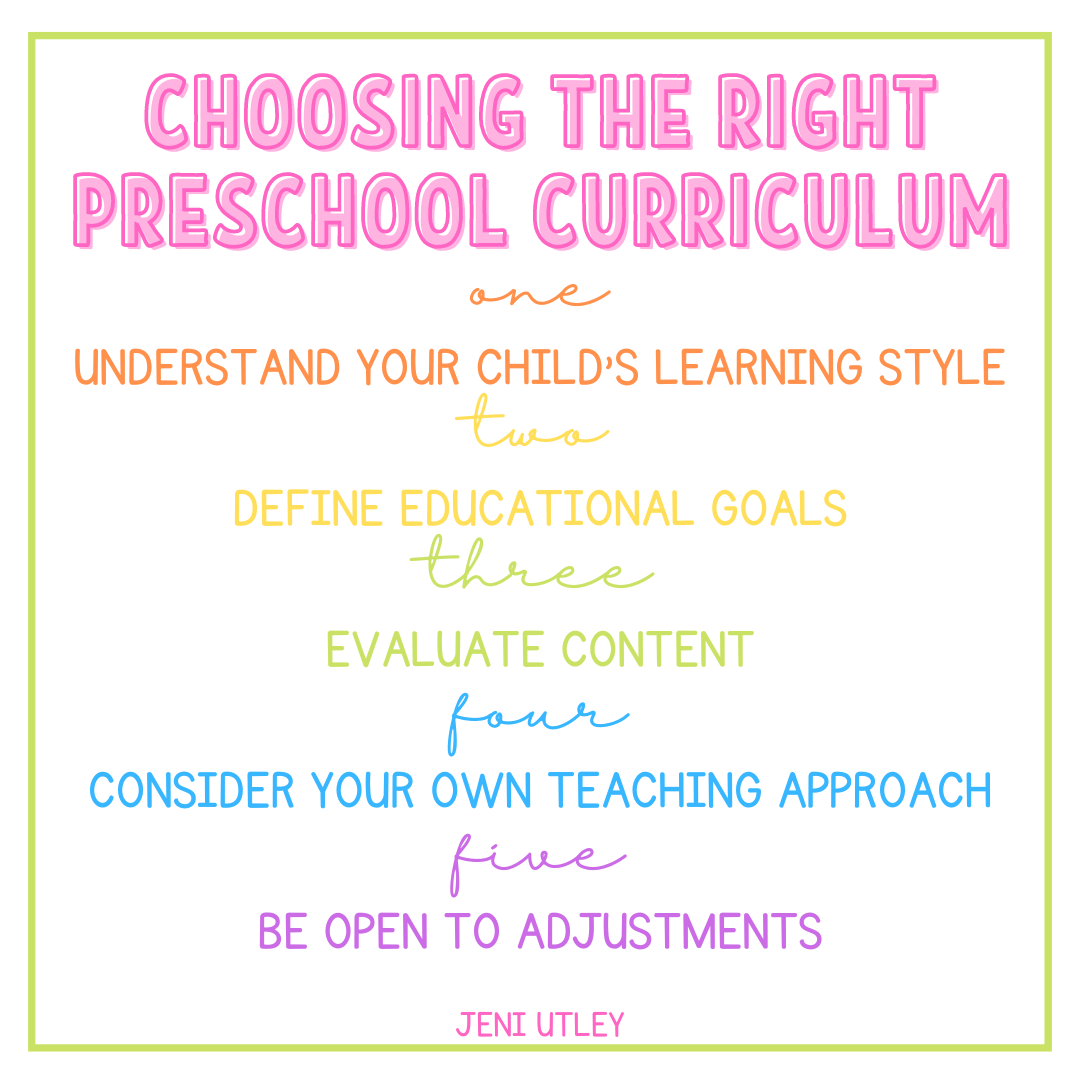
Homeschooling your child can be an incredibly rewarding journey, offering the flexibility to tailor education to your child’s unique needs and interests. One of the foundational decisions you’ll face in this adventure is selecting the right curriculum. With a plethora of options available, how do you choose a curriculum that aligns with your child’s developmental stage and your educational philosophy? Here’s a comprehensive guide to help you make an informed decision.
1. Understand Your Child’s Learning Style
Every child is unique and learns differently. Some children are visual learners, absorbing information best through pictures and videos. Others might be auditory learners who thrive on listening to stories and songs. Kinesthetic learners, on the other hand, need hands-on activities and physical movement. Before selecting a curriculum, consider your child’s learning style and look for materials that cater to it.
If you aren't sure what your child's learning style is, know that most preschoolers learn best through playing and hands-on activities.
2. Define Your Educational Goals
What do you hope to achieve with your homeschooling? Are you focused on numbers and letters, or are you more interested in fostering creativity and social skills? Establishing clear educational goals will help you narrow down your curriculum choices. For example, if social interaction is key, a curriculum with group activities and cooperative learning might be best.
3. Evaluate Curriculum Content and Structure
Preschool curriculums vary widely in content and structure. Some are highly structured with detailed lesson plans and schedules, while others offer a more flexible, child-led approach. Consider the following aspects:
- Core Subjects: Look for a curriculum that covers essential areas such as language development, math, science, and social studies in an age-appropriate manner.
- Thematic Units: Some curriculums use themes (e.g., animals, seasons) to integrate various subjects, which can make learning more engaging and cohesive.
- Skill Development: Ensure the curriculum addresses key developmental milestones, including fine and gross motor skills, social-emotional skills, and problem-solving abilities.
4. Consider Your Homeschooling Style
Your personal approach to teaching can greatly influence your choice. Are you a structured planner who prefers a detailed curriculum with specific goals and timelines? Or do you lean towards a more flexible, relaxed style, adapting lessons based on your child’s interests and needs? Align the curriculum with your teaching style to ensure a harmonious and enjoyable homeschooling experience.
5. Assess Resources and Materials
Evaluate the resources and materials provided by the curriculum. Some curriculums come with comprehensive kits including books, worksheets, and manipulatives, while others may require you to gather additional materials. Determine what works best for you in terms of budget, space, and time.
- Print vs. Digital: Consider whether you prefer printed materials or digital resources. Digital curriculums can offer interactive elements and reduce physical clutter, but printed materials can be more tactile and engaging for some children.
6. Look for Flexibility and Adaptability
Preschoolers are naturally curious and their interests can shift rapidly. A good curriculum should be flexible enough to adapt to these changes. Look for a program that allows you to modify lessons or offers a variety of activities to keep your child engaged and motivated.
7. Read Reviews and Seek Recommendations
Research different curriculums by reading reviews from other homeschooling parents. Online forums, social media groups, and homeschooling co-ops can be valuable resources for recommendations and insights. Personal experiences can provide a real-world perspective on how well a curriculum works.
8. Trial and Error
Don’t be afraid to try out a curriculum on a trial basis. Many companies offer sample lessons or introductory materials that you can test before making a full commitment. This can give you a sense of whether the curriculum aligns with your teaching style and meets your child’s needs.
9. Consider Long-Term Fit
Think about how well the curriculum will grow with your child. Ideally, choose a program that can evolve with your child’s development and interests, reducing the need for frequent changes as they progress through preschool.
10. Enjoy the Process
Choosing a preschool curriculum is just the beginning of a wonderful educational journey. Embrace the process with an open mind and be prepared to adjust as needed. Remember, the goal is to create a positive and enriching learning experience for your child.
In summary, selecting the right preschool curriculum for homeschooling involves understanding your child’s learning style, defining educational goals, evaluating content, and considering your own teaching approach. By carefully assessing these factors and remaining open to adjustments, you’ll be well on your way to providing a nurturing and effective preschool education at home. Happy homeschooling!
Check out my parent/child-led preschool curriculum!
- Jeni
___________________
**ALL THINGS HOMESCHOOL PRESCHOOL**
Check out my PRESCHOOL CURRICULUM! This is where you get all of my unit studies, activities, tips, and more!!
FREEBIE: Preschool Curriculum Map!
Check out my website for blogs and freebies!
All of the products on this page are products my kids and I use and love or products I personally recommend!
All of the opinions expressed here are my own. With that said, this page contains affiliate links that, at no additional cost to you, I may earn a small commission.




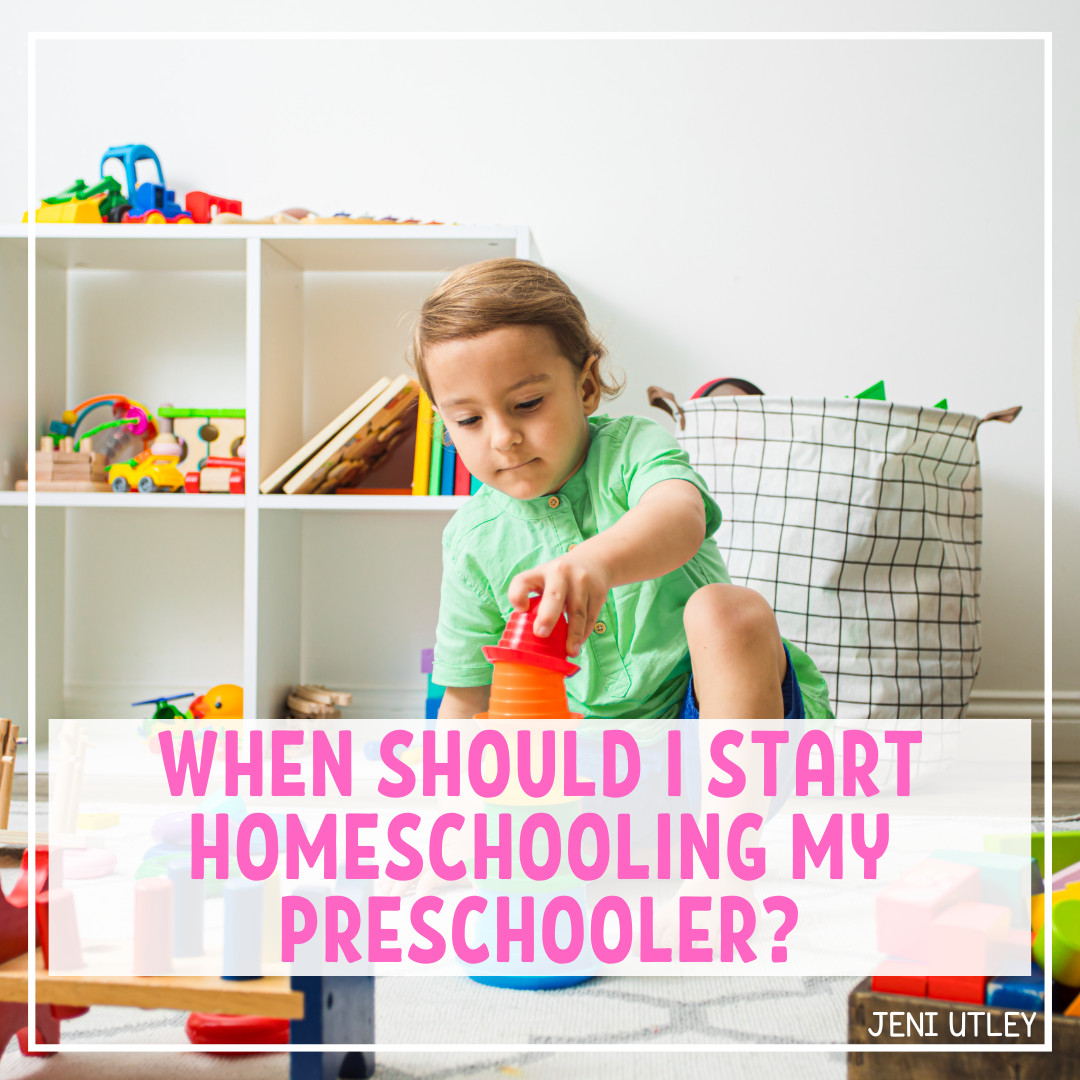


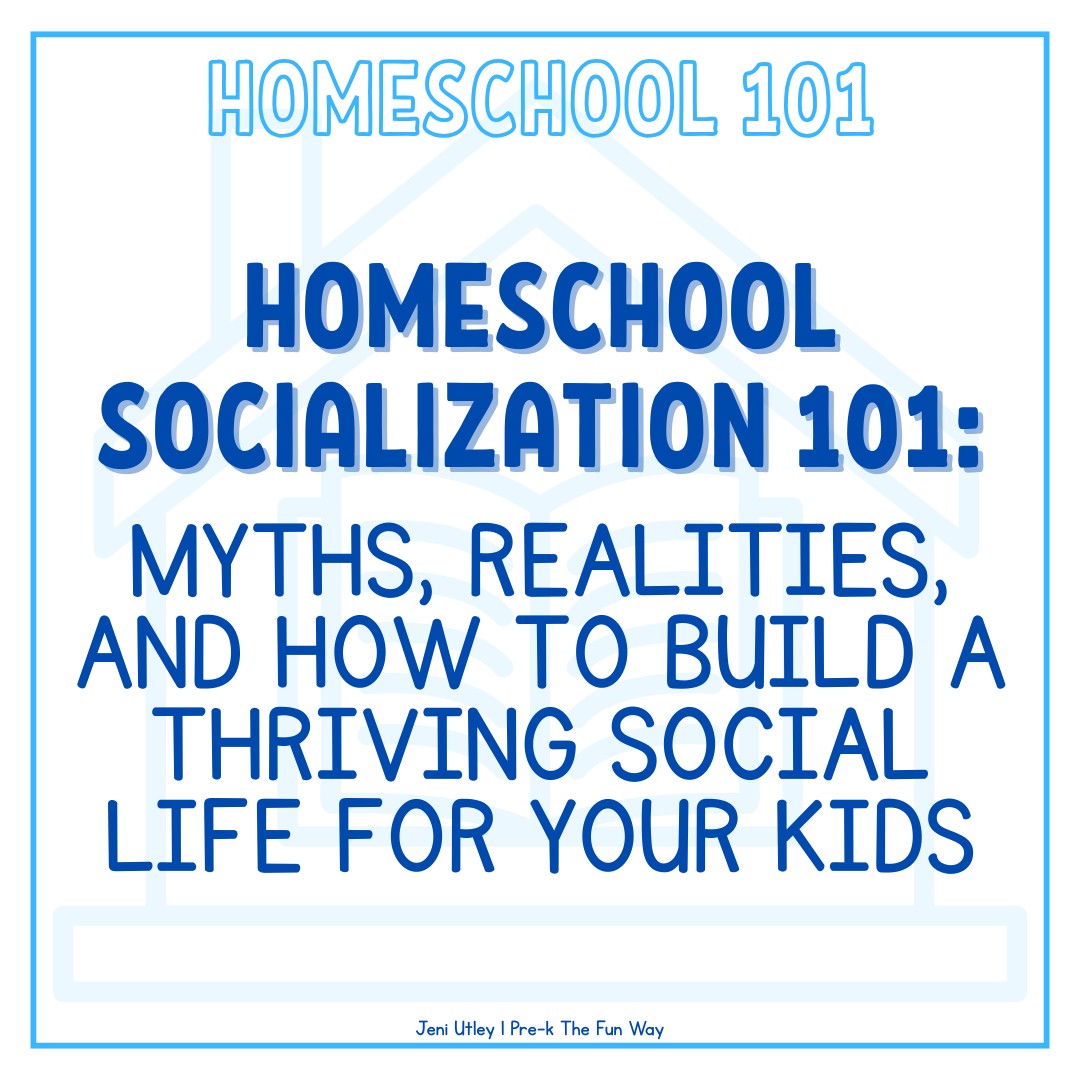
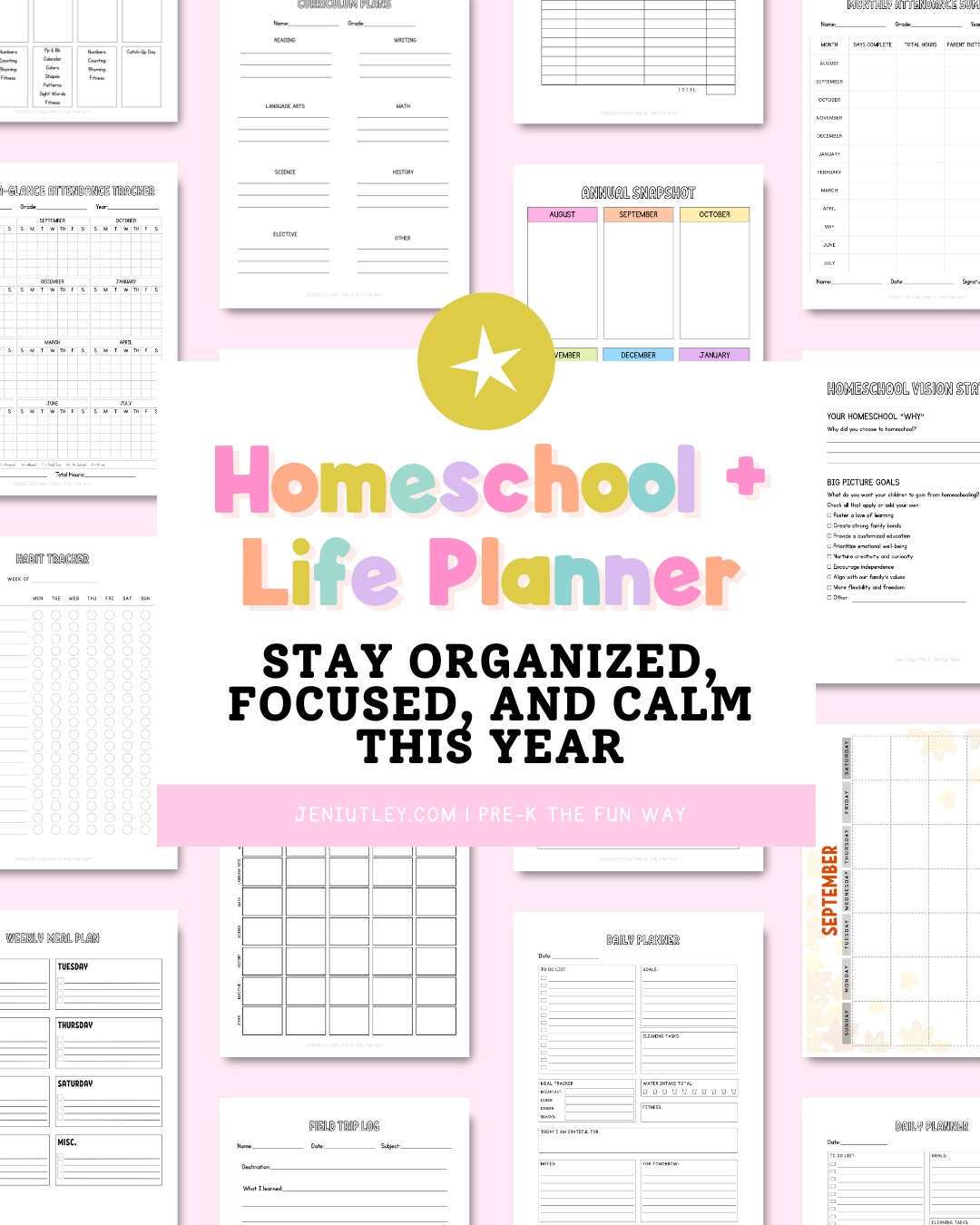

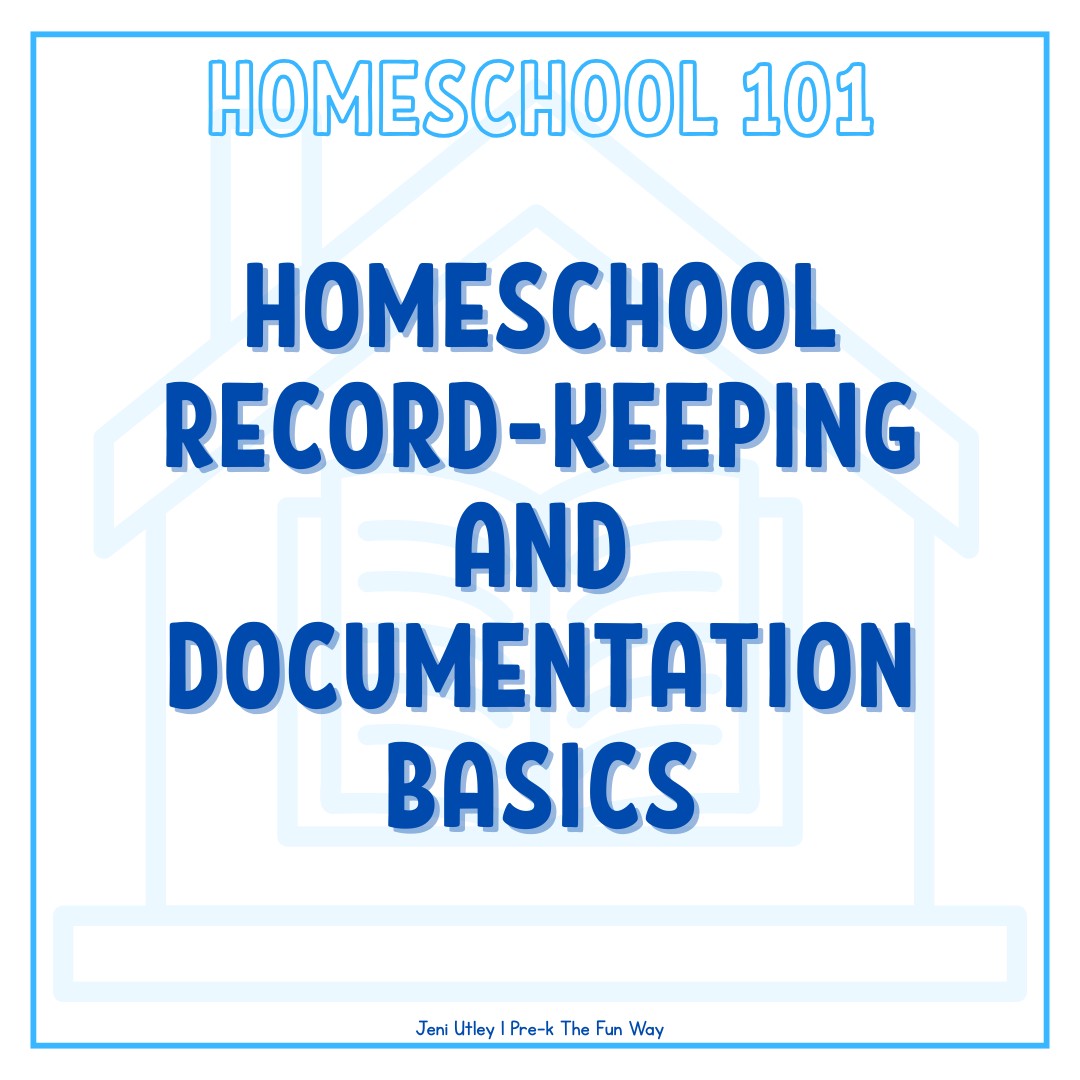


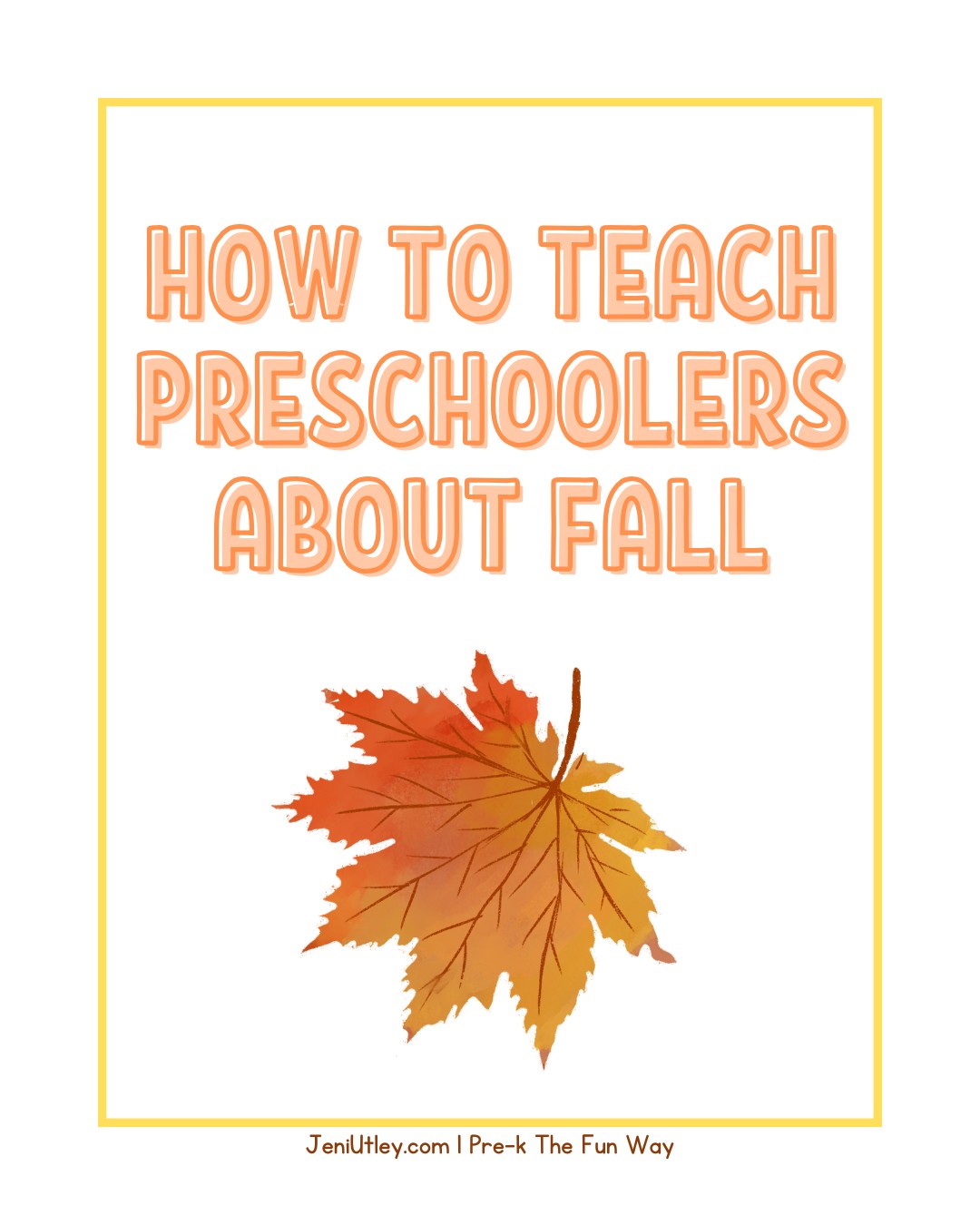

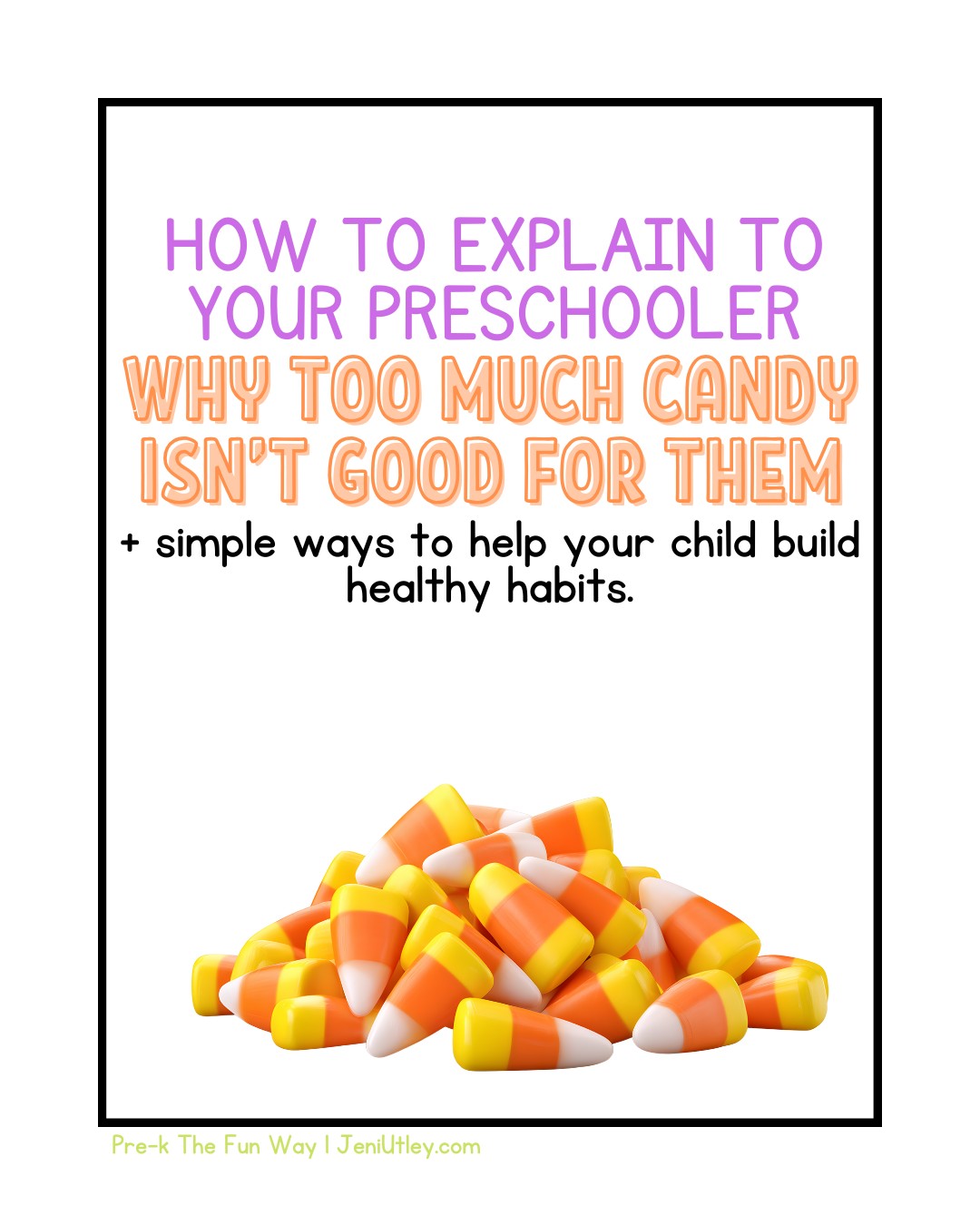







0 Comments